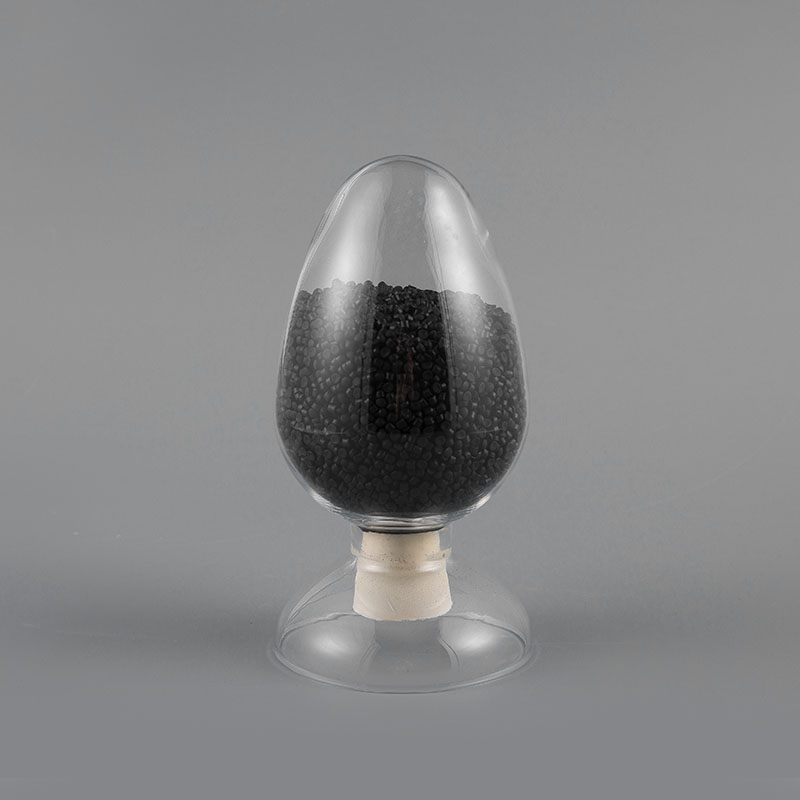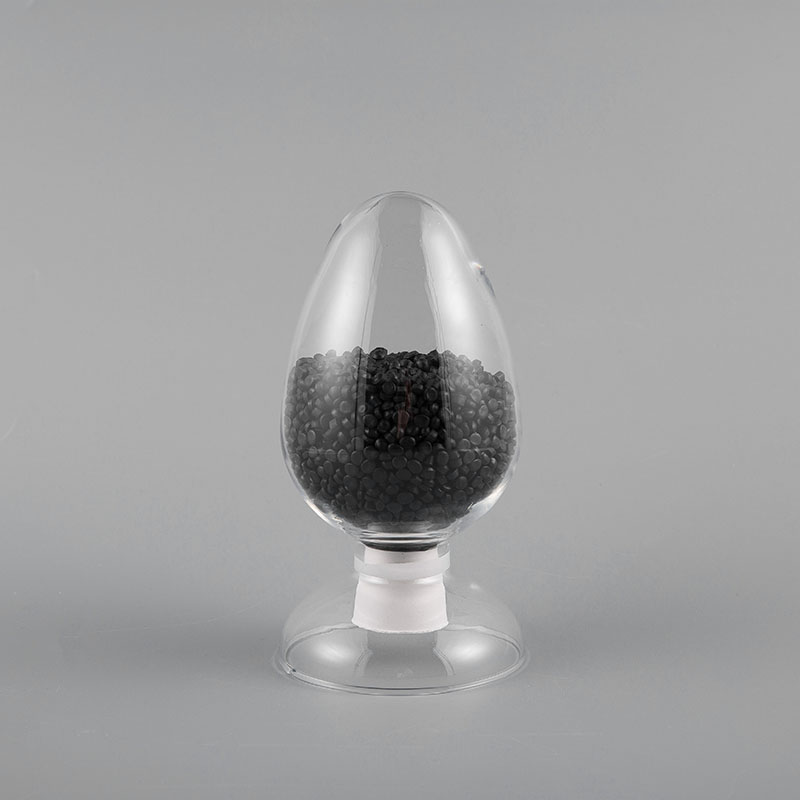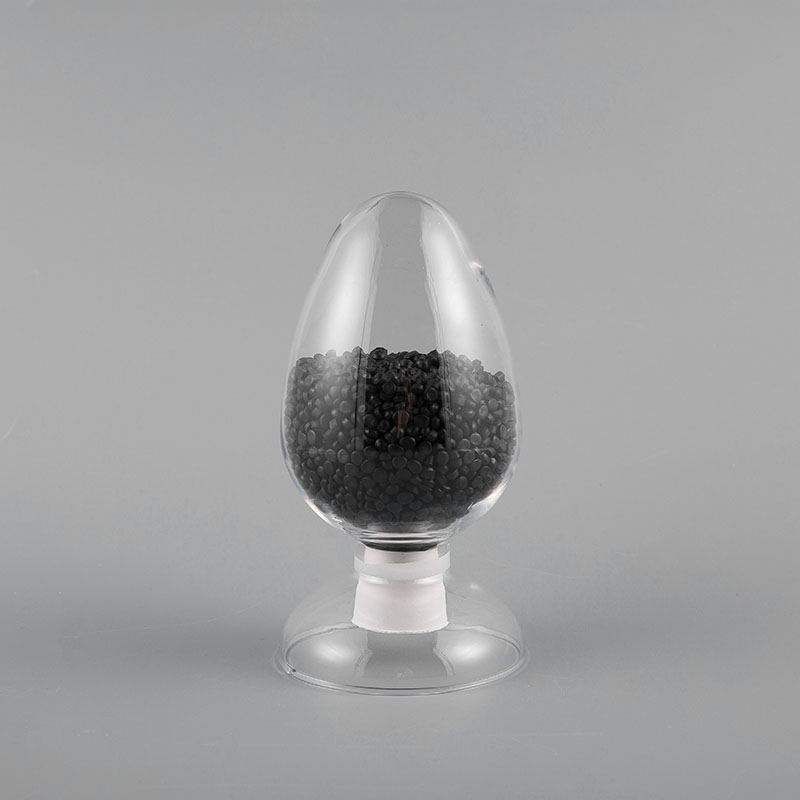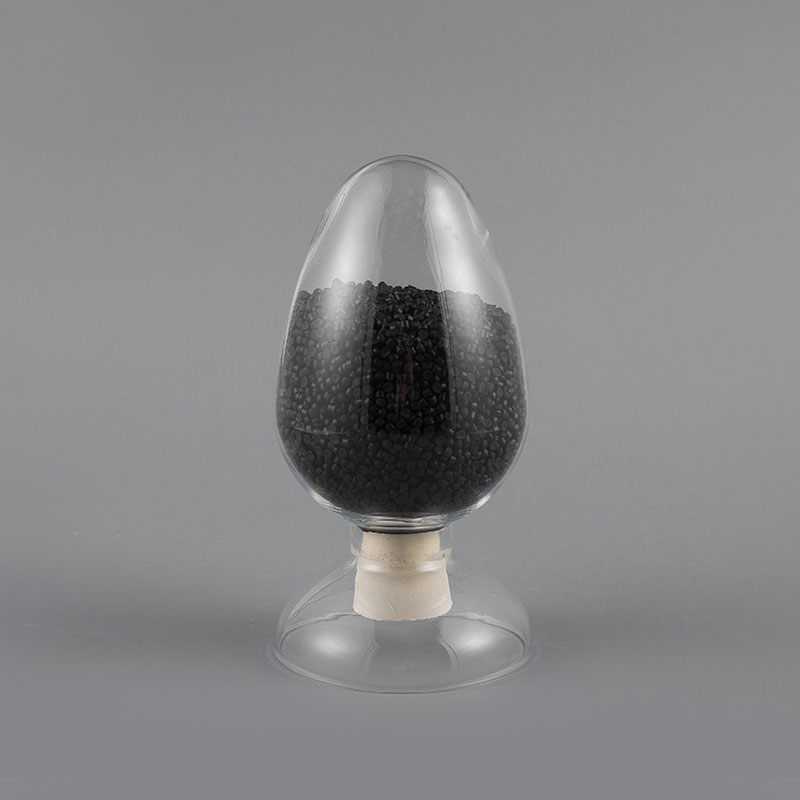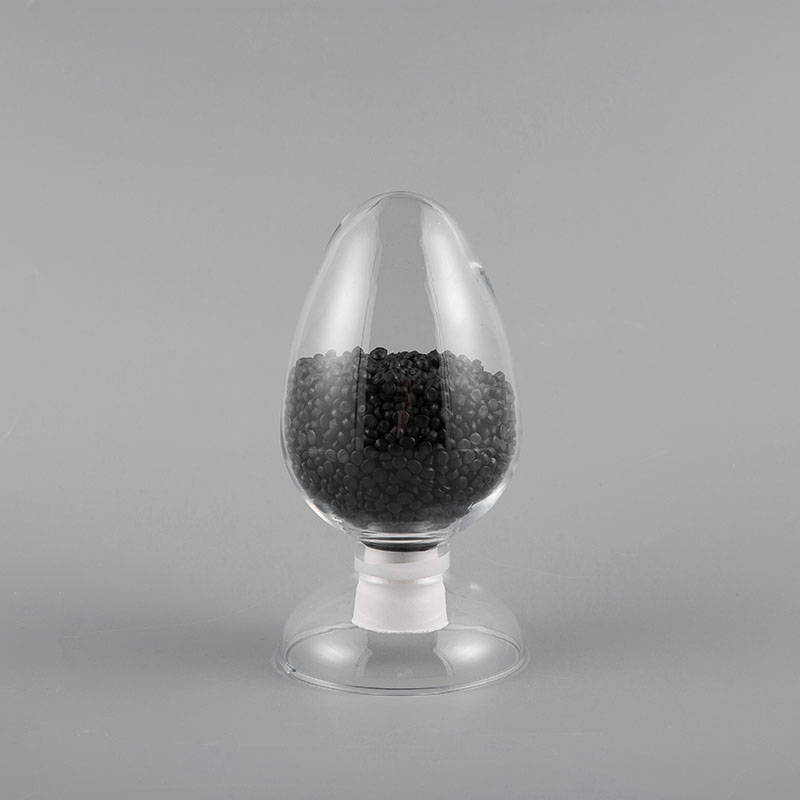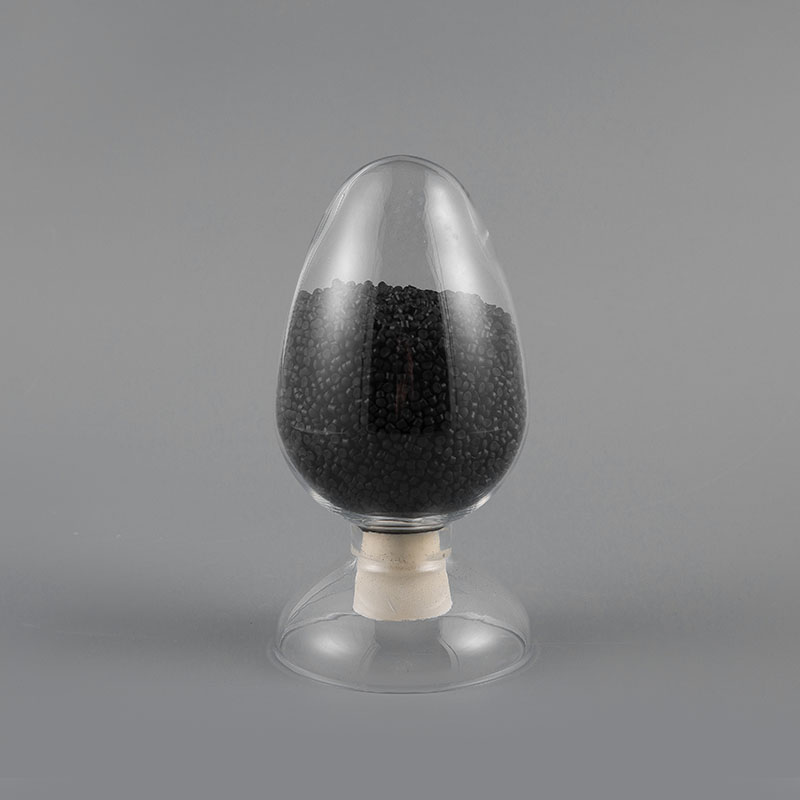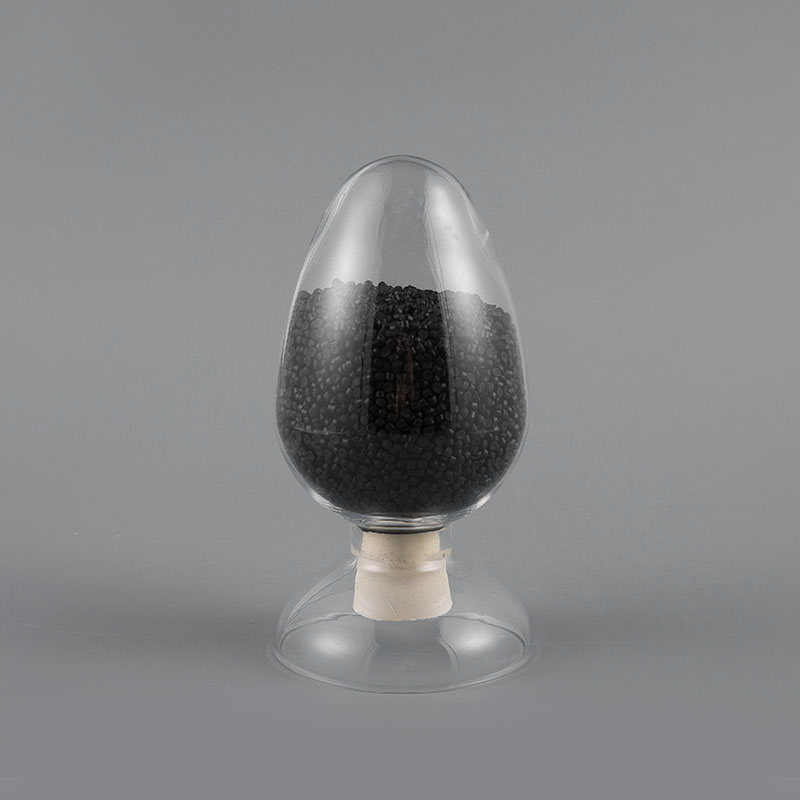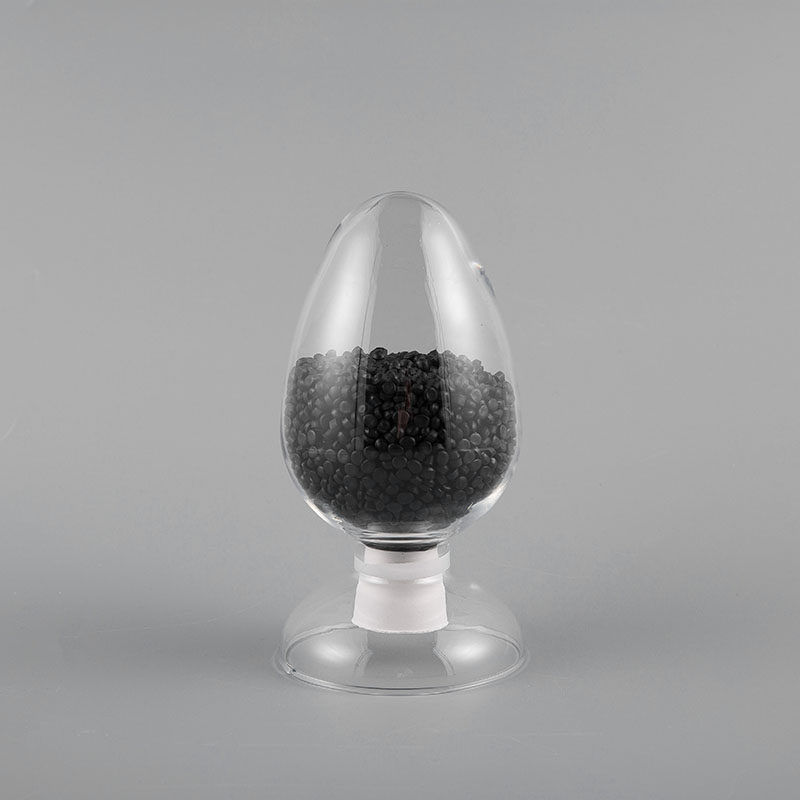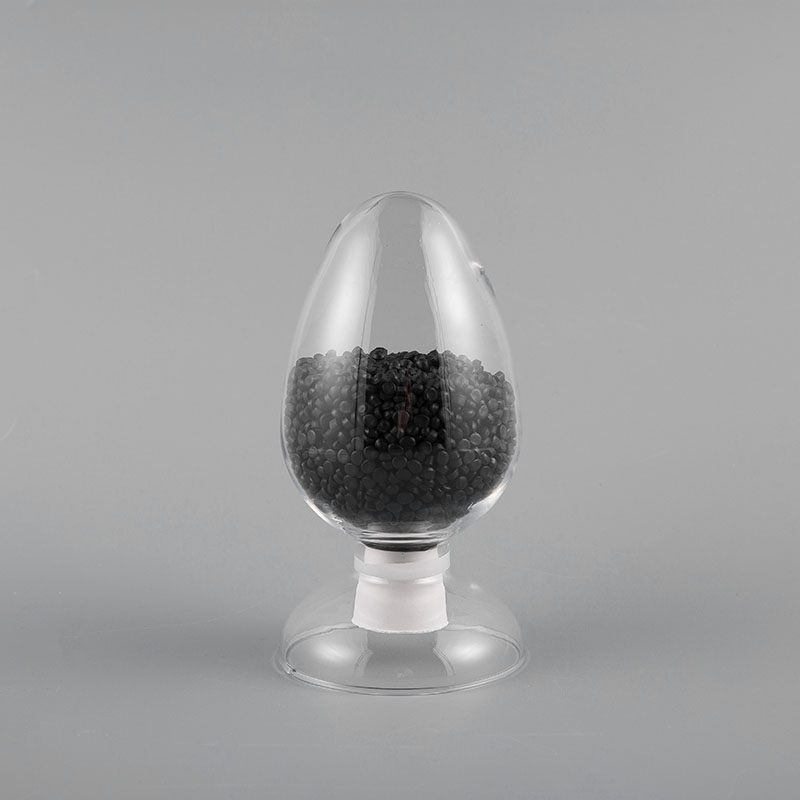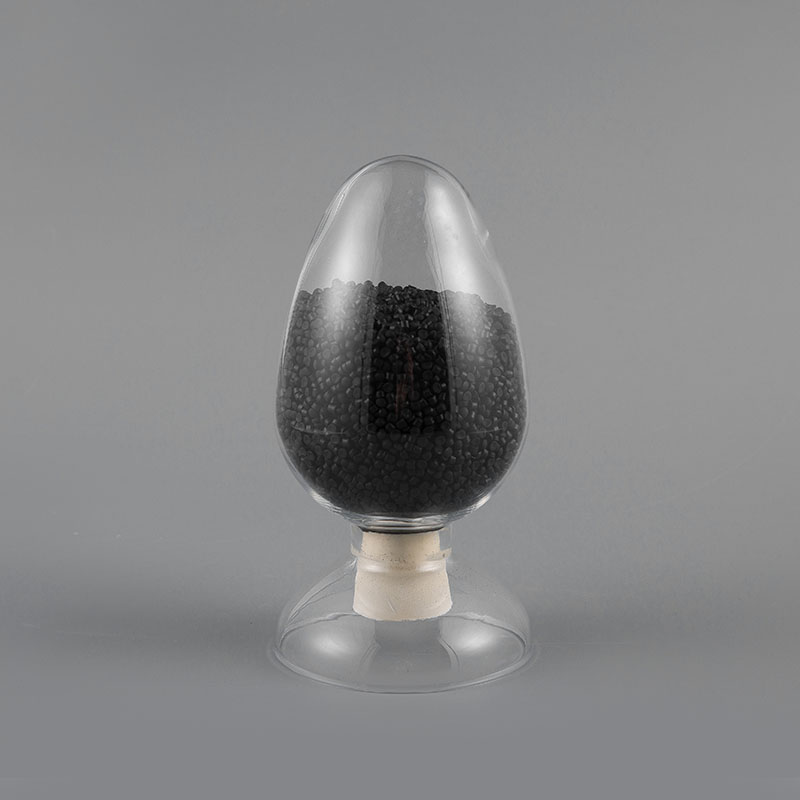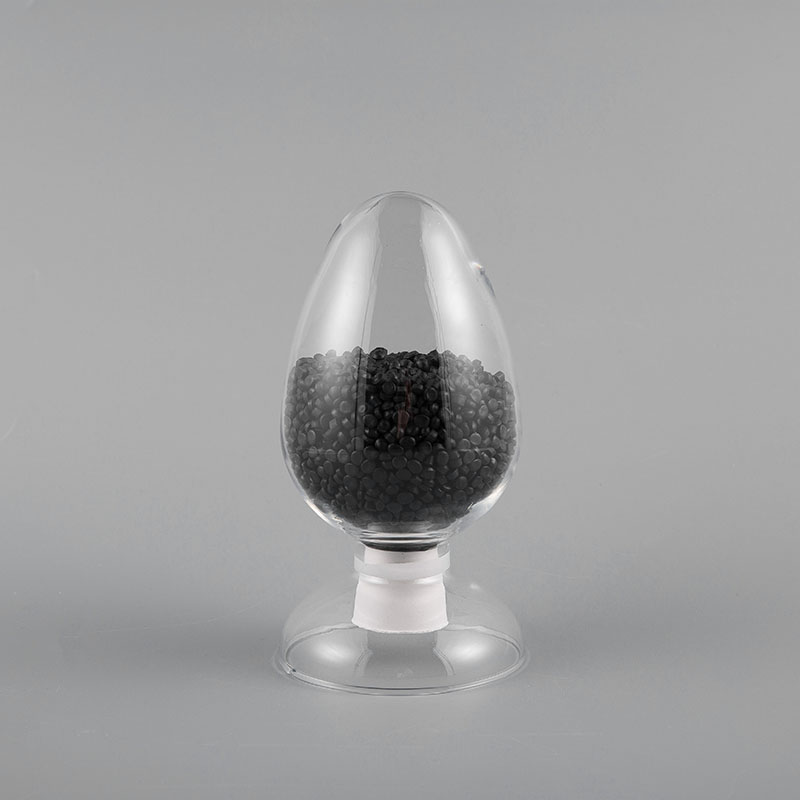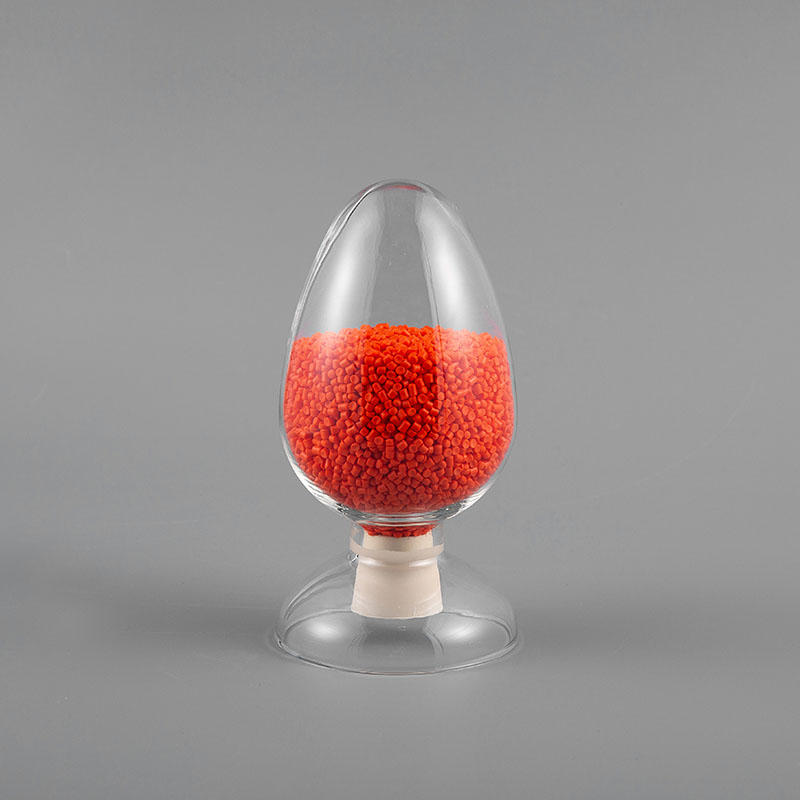HZJ-90 90℃ PVC Flame Retardant Soft Sheath Plastic has flame retardant properties and can maintain s...
ABOUT US
30YEARS OF
EXPERIENCE
About Us
Coming From China, Marketing To The World.
Hangzhou Meilin New Materials Technology Co., Ltd. is China Custom PVC Sheath Plastic Compounds For Electric Manufacturers and PVC Sheath Plastic Compounds For Electric ODM/OEM Exporters, we were established in July 1994 (formerly known as Zhejiang Lin'an Hongyan Plastic Factory). The company has two factories located at 619 Linglongshan Road and 259 Xingyu Street, Lingqiu Street, Linglong Industrial Park, Lin'an District, Hangzhou City. The registered capital of the company is 75 million yuan, covering an area of over 18000 square meters and a building area of over 30000 square meters. Currently, modern industrial factories and 18 advanced automated production lines have been built. The new factory area will be produced in 2021, making it the cleanest and most beautiful professional cable material manufacturer in the entire region—agreement conditions.
Honor
Certifications
Electricity Cable Compound Industry Knowledge
What are the main factors affecting the electrical properties of PVC sheath plastic composite materials?
The main factors affecting the electrical properties of PVC sheath plastic composite materials include the following aspects:
Material purity and composition
The purity of PVC composite materials and the proportion of ingredients in the formula have a direct impact on their electrical properties. Impurities and inappropriate additives may reduce the insulation properties of the material.
Types and dosages of plasticizers
Plasticizers are used to improve the flexibility of PVC materials, but excessive plasticizers will increase the dielectric constant of the material, thereby affecting its insulation properties.
Types of fillers and additives
Fillers such as calcium carbonate and zinc oxide are often used to enhance certain properties of PVC materials (such as heat resistance and mechanical properties). However, improper quality and dosage of these additives may affect the conductivity or dielectric properties of the material.
Material aging properties
PVC materials may age (such as heat aging and light aging) during long-term use, which will reduce their insulation capacity and resistance to electrical breakdown, thereby affecting electrical properties.
Environmental factors (humidity, temperature, ultraviolet rays, etc.)
The humidity and temperature in the environment will affect the electrical properties of PVC sheath materials. For example, excessive humidity may cause the material to absorb water, which reduces its insulation resistance.
Heat and fire resistance
When cables work under extreme conditions such as high temperature or fire, the heat resistance and flame retardancy of PVC sheath materials are crucial. Adding heat-resistant and flame-retardant additives can improve its electrical performance at high temperatures.
Production process control
During the production process, such as temperature and speed control of extrusion molding, uniform mixing of materials, etc., will affect the electrical performance of the final product. If the process control is not appropriate, it may cause defects inside the material, affecting its insulation properties.
Thickness and uniformity
The thickness and uniformity of the sheath material will affect its electrical insulation performance. If the sheath is too thin or the thickness is uneven, it may increase the risk of electrical breakdown.
Hygroscopicity of the material
PVC itself is not highly hygroscopic, but if the material formula contains highly hygroscopic ingredients, the electrical performance may be affected because moisture will reduce the insulation strength.
Electrical field stress
Long-term exposure to high electric fields will cause the insulation performance of PVC materials to deteriorate. Electrical aging-resistant ingredients in the formula can improve its electrical stability during long-term work.
How do PVC sheath plastic composites cope with long-term environmental aging and UV exposure?
PVC sheath plastic composites are susceptible to environmental aging and ultraviolet (UV) exposure during long-term use, resulting in performance degradation. To address these issues, the following measures are usually taken:
1. Adding antioxidants
Oxygen in the environment accelerates the aging process of PVC materials, especially in high temperature environments. By adding antioxidants to PVC composites, the rate of oxidation reactions can be slowed down and the service life of the material can be extended. Common antioxidants include phenolic antioxidants and amine antioxidants, which can capture free radicals and inhibit degradation.
2. Adding UV stabilizers
PVC materials are sensitive to ultraviolet rays. Long-term exposure to sunlight can cause molecular chain breakage, causing surface discoloration, embrittlement and performance degradation. For this reason, UV absorbers or light stabilizers are usually added to reduce UV damage to PVC. Common UV stabilizers include titanium dioxide (TiO₂) and carbon black, which can absorb or scatter ultraviolet rays to prevent the material structure from being damaged.
3. Using weather-resistant additives
In order to enhance the stability of PVC materials under various climatic conditions, weather-resistant additives can be added to the formula. These additives can help the material resist the erosion of temperature, humidity and chemicals in the air, thereby reducing the performance degradation caused by environmental aging.
4. Adding plasticizers to improve flexibility
Plasticizers can improve the flexibility of PVC, allowing it to remain elastic in low-temperature environments without becoming brittle. However, the selection of plasticizers must be cautious, as some low-quality or inappropriate plasticizers may accelerate the aging of PVC. Therefore, the use of high-quality weather-resistant plasticizers can help extend the service life of the material in harsh environments.
5. Improve the heat resistance of the material
High temperature is one of the main factors that accelerate the aging of PVC materials. By adding heat-resistant stabilizers, the heat resistance of PVC can be improved to prevent it from thermal degradation in long-term high-temperature environments. Commonly used heat-resistant stabilizers include lead salts, organic tin compounds, and calcium zinc stabilizers.
6. Surface treatment or coating protection
In some cases, PVC sheath materials may use surface coatings or chemical treatments to enhance their anti-aging and UV resistance. For example, the use of special coating or plating technology can form a protective barrier on the PVC surface, effectively reducing the impact of the external environment on the material.
7. Optimize material thickness and structure
Increasing the thickness of PVC sheath material can improve its ability to resist environmental aging and UV erosion. Thicker sheaths can provide better barriers and reduce the penetration of oxygen, moisture and UV rays. In addition, multi-layer sheath technology in structural design can also improve its anti-aging performance.


 English
English 中文简体
中文简体 русский
русский
